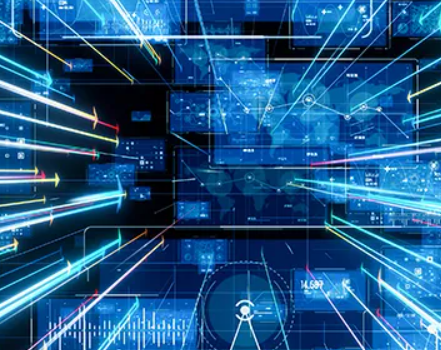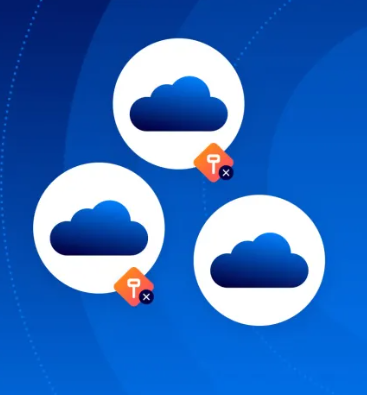
Edge computing is a rapidly evolving technology that is reshaping the way we think about data processing. In recent times, this technology has sparked considerable debate within the tech industry, with mixed opinions on its future. Some believe edge computing might eventually overshadow cloud computing, while others view it as a complementary technology that can be integrated with existing infrastructures to improve efficiency.
So, where does edge computing fit into the future of technology? While it’s too early to make definitive predictions, understanding its core principles and benefits can help clarify its potential impact. In this post, we’ll explore what edge computing is, its advantages, and how it compares to fog computing.
What is Edge Computing?
Edge computing, as defined by Wikipedia, is a distributed computing model that brings data storage and processing closer to the location where it is needed. Gartner also characterizes it as an evolution from cloud computing, noting that edge computing allows for data processing near the source of data generation.
Traditionally, cloud computing relies on centralized data centers that are often located far from the users who need them. In contrast, edge computing utilizes a decentralized architecture, with micro data centers located closer to the end user. This proximity reduces the distance data needs to travel, offering faster processing and response times. However, this doesn’t mean cloud computing will disappear. Rather, edge computing is expected to complement cloud services by pushing computing power closer to the data source.
Key Features and Benefits of Edge Computing
The defining feature of edge computing is its ability to process data locally before sending it to a central repository. This approach has several advantages, including reduced data volume and transmission costs, as well as improved latency. By processing data closer to the source, edge computing significantly lowers the amount of data that needs to be transferred over long distances, which in turn decreases network congestion.
Furthermore, micro data centers in edge computing not only enhance bandwidth and lower latency but also offer increased security and privacy. Since data is processed locally, it is less susceptible to breaches or delays that might occur when transferred over long distances.
A major application of edge computing is in the Internet of Things (IoT). Many smart devices are not well-suited to traditional cloud computing models, which can lead to issues such as high latency and bandwidth limitations. Edge computing resolves these challenges by placing computing resources closer to the data generation point, ensuring real-time responses with minimal delays.
Edge Computing vs. Fog Computing
While edge computing and fog computing are often used interchangeably, there is a fundamental distinction between the two. Both are proximity technologies, meaning they process data near its source, but they differ in where the data processing occurs.
In fog computing, data is processed at the network’s Local Area Network (LAN) level, typically by a node or an IoT gateway. Edge computing, on the other hand, integrates data processing directly into the devices or platforms that generate the data.
Additionally, fog computing has a more complex network structure, involving multiple layers of fog nodes, whereas edge computing is more straightforward. Fog computing also handles not just data processing but also storage and networking, making it more versatile than edge computing in some applications.
Conclusion
Edge computing is revolutionizing how data is processed and delivered, particularly for applications like IoT, where low latency and high bandwidth are essential. While it may not replace cloud computing, it will undoubtedly enhance its capabilities by bringing computation closer to the end user. As the technology continues to evolve, it will open up new opportunities for industries that rely on real-time data processing and efficient network management.












